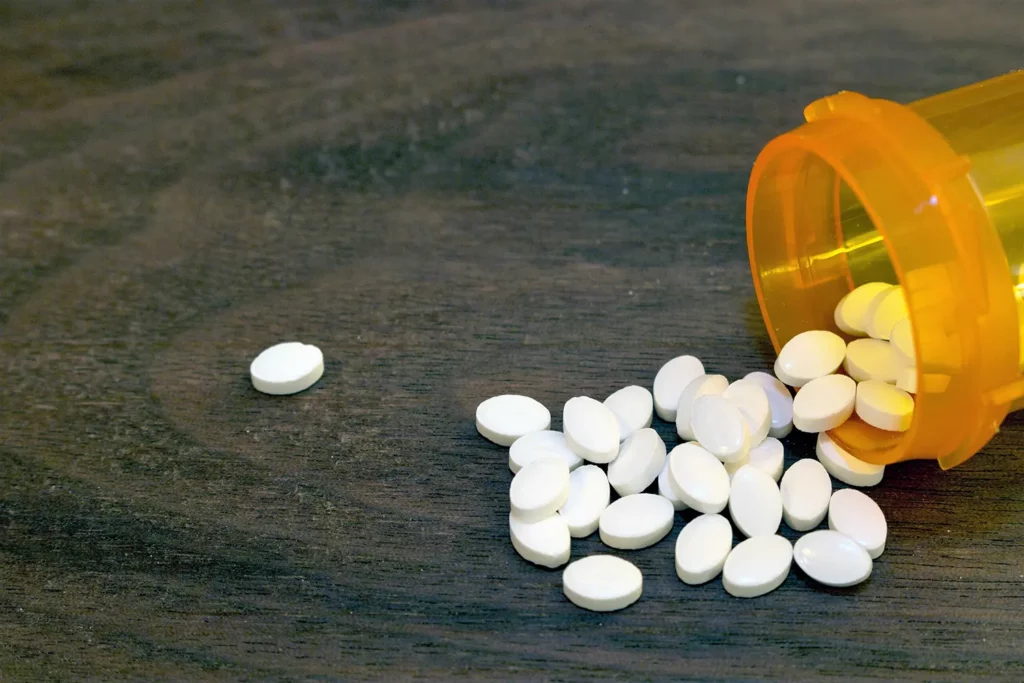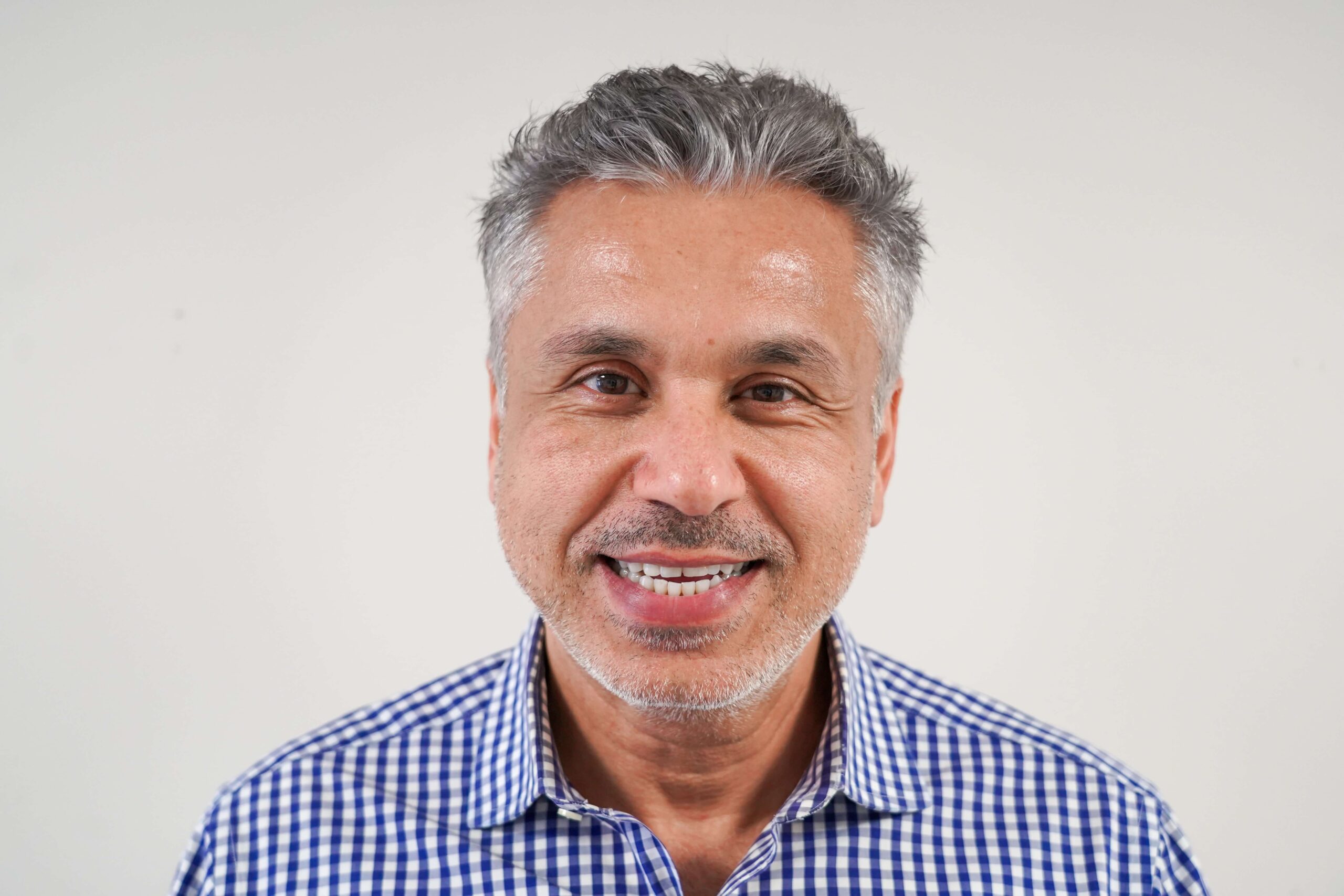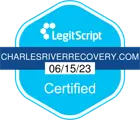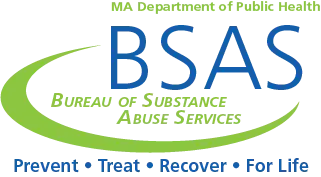Why Are Opioids Addictive?
Three million Americans are addicted to opioids. More than five times that many are addicted worldwide. Half a million people in the United States are dependent on heroin. However, this does not automatically mean that the roughly 11 million people in the United States who take prescription opioids abuse their prescriptions. People in chronic pain need pain relief, and the vast majority of people who take opioids do so within the boundaries of their prescriptions.
Signs of Opioid Abuse
The American Psychiatric Association set forth 11 criteria for opioid use disorder (OUD) in the Diagnostic and Statistical Manual of Mental Disorders, 5th Edition (DSM-5). They are:
- Tolerance gets higher
- Wishing to reduce use but being unable to
- Strong desire to use even when not in pain
- Using gets in the way of jobs or other obligations
- Devoting lots of time to obtaining the medication
- Continuing to take the opioid despite problems with others
- Taking the medication even during hazardous situations
- Neglecting important or previously enjoyed activities to use the drug
- Using even if there are physical or psychological contraindications
- Always needing more
- Experiencing withdrawal upon decreasing the dose or stopping the medication
If someone experiences two or more of these 11 criteria during a one-year period, then he or she is considered to have OUD.
Why Opioids Are Addicting
The first thing to remember is that opioids create endorphin releases in the body, which stimulate the pleasure response of the body. That alone can cause addiction in some people. The terrible thing is that the body will stop producing endorphins on its own, which is what creates tolerance in people. That tolerance means that what worked before won’t work thereafter. There is a difference, however, between “feeling good” and “not having pain.” It’s a small difference, to be sure, but it is there. Controlling pain so that someone can function is not the same thing as taking opioids to get high.
Unsurprisingly, doctors prescribe fewer opioids now because of the risk of addiction, and those who do prescribe them often don’t renew prescriptions. This sends addicted people to other sources of the medication, which include family members, friends, other doctors, and even drug dealers. Often, these people think that they can monitor and manage their use on their own. It’s ironic that doctors, who only seek to successfully treat addiction, can inadvertently wind up creating addicts by forcing people in pain to get their medications from people who aren’t qualified to prescribe reasonable doses.
Contributing Factors
Aside from needing opioids for pain relief, or even from needing to feed an opioid habit, there are quite a few situations that can lead to abuse or exacerbate existing abuse. These include:
- Not having a job
- Familial pattern of substance abuse, not necessarily involving opioids
- Having abused one substance or another in the past
- Being young
- Criminal history involving mind-altering substances, including alcohol
- Being around other users
- Using tobacco
- History of mental health conditions, such as anxiety or depression
- Great stress
- Previous attempts at rehab
Someone who experiences even one of these 11 factors is at a much greater risk of developing OUD than someone who has never encountered any of them.
Preventive Steps
The newest tool in the box of treating opioid addiction is buprenorphine, which is an agonist. An agonist pretends to be something that affects certain receptors, pleasure or otherwise, in the brain. When it comes to buprenorphine, the idea is to disrupt the action of the opioid so that the body is fooled into thinking that the person is high. It’s what is known as a kappa agonist. Kappa agonists are designed to be minimally addictive and to produce mild, if any, side effects, yet care must be taken when administering them because a person who takes too much does run a risk of becoming addicted to the prescribed drug.
The Mainstreaming Addiction Treatment Act
This legislation, also known as the MAT Act, was enacted by Congress in 2021. The accompanying federal program focuses on evidence-based methods of treating addiction. It also seeks to normalize the treatment of addiction as much as that of treating other diseases.
The philosophy of addiction treatment as a public health issue instead of a criminal justice problem is key to the program’s success. So is removing the stigma of suffering from addiction. All healthcare providers are given a license to use buprenorphine to treat addiction. It’s to be part of a multipronged approach to treatment. The act also does away with the reporting requirements that shamed people with addiction. Both federal and state authorities have integrated the MAT Act into the fabric of existing programs that combat addiction, including widespread naloxone distribution, needle exchanges, and tougher sentences for predatory drug dealers.
Mental Health
Paying attention to a client’s mental health is important when assessing that person’s addiction. A dual diagnosis is particularly difficult to treat because the underlying mental health condition might require medications as part of the treatment. Also, mental health problems and diseases unfortunately remain stigmatized in 21st-century American culture. Seeking treatment for a physical ailment or injury is seen as normal, but folks who suffer from mental illness aren’t always granted that courtesy. So, someone who is an addict and also has a mental illness experiences a double stigma, which can exacerbate the mental illness. That, in turn, can lead to a further spiral into addiction. Treating a dual diagnosis requires careful planning on the part of a team that includes a physician, psychiatrist, and other medical professionals. These could include psychologists, physical therapists, occupational therapists, and a host of others who support and encourage the person suffering with addiction.
Charles River Recovery
Charles River Recovery is a multidisciplinary addiction treatment center that is dedicated not only to helping those suffering with addiction but also in slaying the stigma dragon. Our team at the center wants to drive home the point that addiction isn’t just “someone else’s problem.” People all over the country have family members, friends, co-workers, and other people in their world who suffer from addiction. Some of these people hide their addictions while others don’t. These people could be smart and loving or the polar opposite. Addiction doesn’t discriminate. Anyone can get caught up in its clutches.
Because no two people experience addiction in the same way, we focus on personalized treatment plans at Charles River Recovery. We also strive to implement long-term recovery plans so that people can learn coping strategies and participate in their own recovery. This applies even more to those people who have a dual diagnosis. Team members at Charles River Recovery realize, too, that we don’t have all the answers. We are constantly scouring peer-reviewed journals for the newest techniques and treatment strategies so that we can continue to provide the latest and best treatment options. We also realize that certain tried-and-true strategies are still viable. Having multiple options makes the treatment personalization easier and more effective.
Detoxification
There is no way around it: Detox is terrible. The body reacts to the absence of the drug. The pleasure receptors that are continually stimulated shut off. People going through withdrawal will feel nauseated, anxious, and sore. They’ll flush hot and cold. They won’t be able to sleep. Diarrhea and watery eyes and noses are particularly bothersome because they can lead to dehydration. People should never detox on their own. Charles River Recovery monitors all clients during this trying process.
Different drugs and medications have different periods of withdrawal. For example, short-acting opioids, such as heroin or morphine, have a period of withdrawal that begins at about eight hours after the stop. The withdrawal lasts from four to 10 days. The period is roughly double that for long-acting opioids like methadone. That means that the withdrawal in serious cases could last for the better part of a month. If the withdrawal itself is serious, then our medical team at Charles River Recovery would have to use other medications when treating the clients to try to ensure that the withdrawal is safe. Aside from buprenorphine, we might use a different agonist called clonidine. The choice of medication is governed by the client’s specific case.
Once the client finishes detox, our professionals at Charles River Recovery will use the aforementioned multidisciplinary approach to treatment, helping the whole client instead of just treating the separate symptoms. The treatment programs at Charles River Recovery are on-site so that the team can provide the proper monitoring. The goal is lifelong recovery. Unfortunately, addiction cannot be cured. It can only be controlled. That’s why coping strategies and post-treatment support are so important. That support involves not only outpatient therapy but also 12-step meetings. These two things can maintain the structure that Charles River Recovery creates for our clients. This structure is essential for long-term recovery.
Part of that structure is to implement an exercise regimen of some kind, changes to eating habits, and either continuing or starting fun activities that bring joy to the person after completing the first steps of treatment. Experiencing joy helps keep anxiety at bay, which will remove one of the risk factors for relapse.
In Conclusion
Charles River Recovery strives to give its clients state-of-the-art medical support while they’re on-site for the treatment program along with excellent post-treatment care. Recovery is a lifelong state of mind. At Charles River Recovery, we also aim to remove the crippling stigma associated with both mental illness and addiction. Our prevailing belief is that our clients are human beings with feelings who are in need of help. Clients aren’t seen as burdens, failures, or defective people. Are you ready to stop the endless cycle of addiction and start on the path to recovery? Contact us at Charles River Recovery today.






